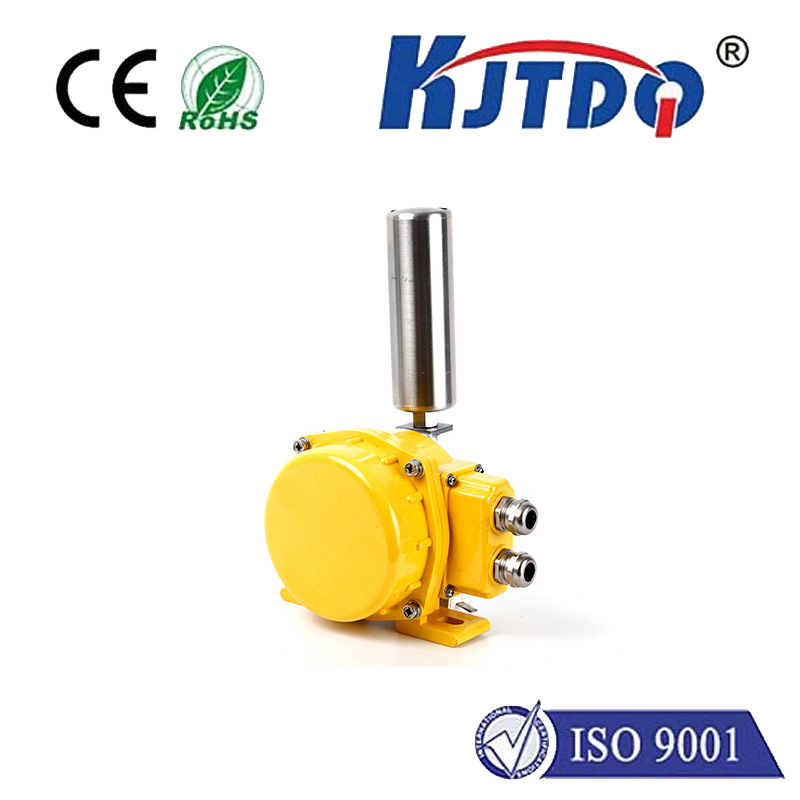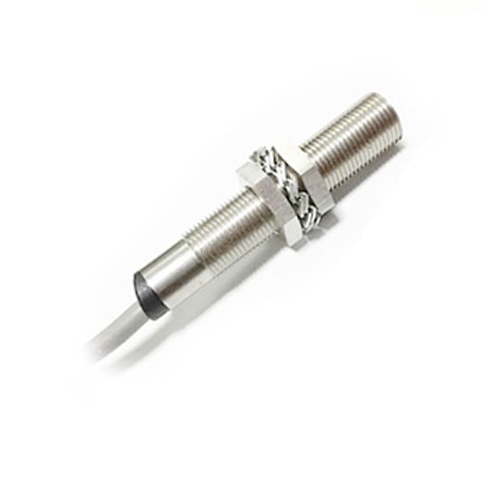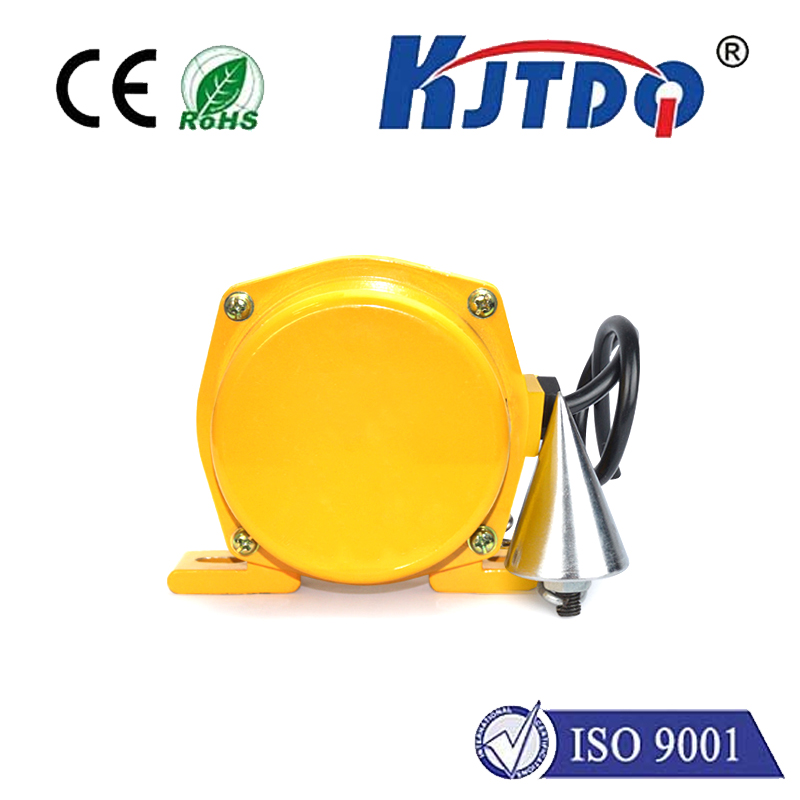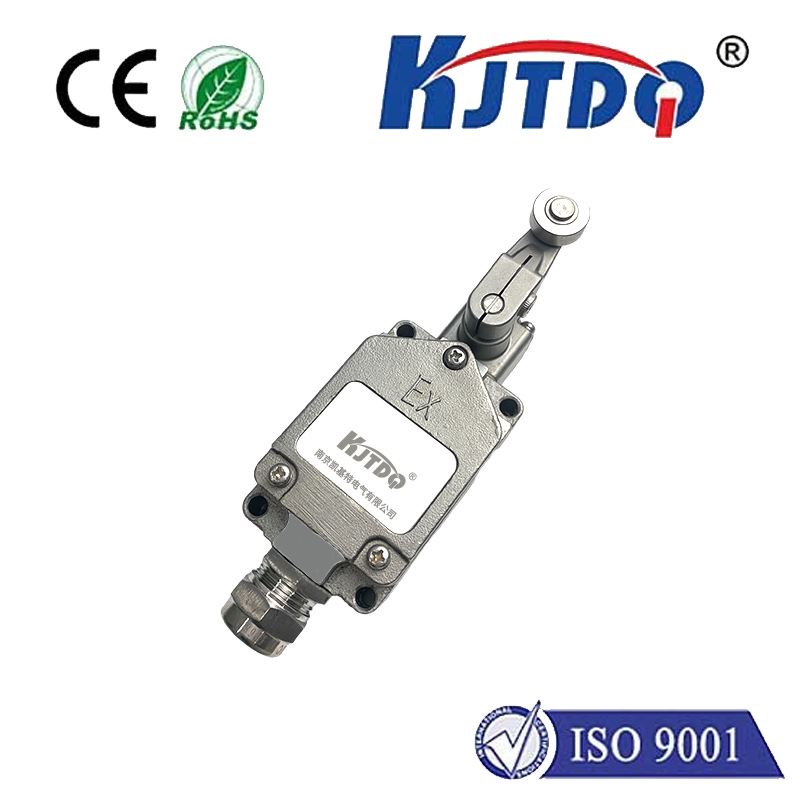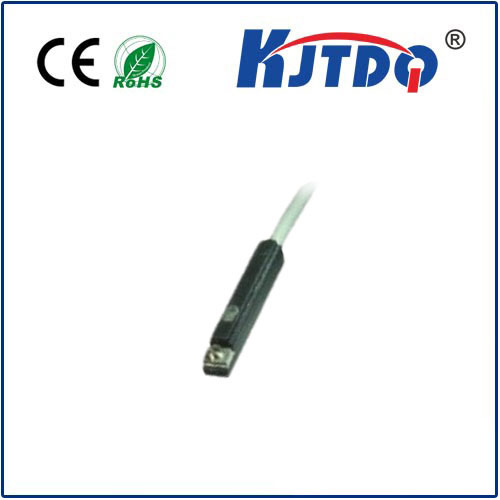laser 2m mesure sensor
- time:2025-09-11 04:34:31
- Click:0
Laser Distance Sensors: Precision Measurement Solutions for 2-Meter Applications
Imagine installing complex machinery where millimeter-perfect alignment is critical. Or automating a production line where a robot arm needs to know the exact position of an object on a conveyor belt, instantly and reliably. In these scenarios, and countless others across modern industry, the humble tape measure simply won’t cut it. Enter the laser distance sensor with a 2-meter range – a compact powerhouse revolutionizing how we capture critical spatial data. This technology delivers unparalleled speed, accuracy, and flexibility for applications demanding precise measurement within a practical, workable distance.
So, what exactly is a laser 2m measurement sensor? Fundamentally, it’s a non-contact device that emits a focused beam of laser light towards a target. It then precisely calculates the distance to that target, typically up to 2 meters (approximately 6.5 feet), by analyzing the light that returns. The most common principle employed in these 2m sensors is laser triangulation. Here’s how it works succinctly: the sensor emits a laser dot onto the target. A receiving lens, positioned at a known angle relative to the emitter, captures the reflected light spot. As the target’s distance changes, the position of this light spot shifts across the receiver (like a photodiode array). Advanced electronics within the sensor instantly calculate the exact distance based on this angular shift, delivering results in real-time.

Why choose a laser distance sensor specifically configured for a 2-meter range over other methods? The advantages are compelling:
- Exceptional Accuracy and Resolution: Forget the inherent errors of mechanical probes or parallax issues with rulers. Modern 2m laser sensors achieve sub-millimeter accuracy and high resolution, crucial for quality control, positioning, and inspection tasks. This level of precision is often simply unattainable with traditional tools.
- Blazing Speed: Measurements are taken in microseconds. This lightning-fast response enables high-speed automation, real-time process control, and dynamic measurement of moving objects without lag, significantly boosting production throughput.
- True Non-Contact Operation: The sensor never physically touches the target. This is vital for measuring delicate, hot, vibrating, or inaccessible surfaces that could be damaged by contact probes or where operator access is unsafe or impractical.
- Compact and Flexible Design: Laser 2m measurement sensors are typically small and lightweight. This allows easy integration into tight spaces, robotic arms, machine frames, and automated equipment without adding significant bulk or complexity. Their focused laser beam also allows precise targeting of small features.
- Simplified Integration: Modern sensors offer various output options (analog voltage/current, digital IO, serial interfaces like RS232/RS485, industrial Ethernet protocols like EtherNet/IP or PROFINET) facilitating straightforward connection to PLCs, data acquisition systems, and controllers.
- Robustness: Designed for industrial environments, high-quality sensors feature durable housings, often with IP67 or higher ratings, protecting them from dust, moisture, and challenging shop floor conditions. Stable optics and electronics ensure reliable performance over time.
The applications for a laser distance sensor with a 2m range are incredibly diverse, spanning numerous sectors:
- Industrial Automation & Robotics: Precise positioning of parts, robot guidance and collision avoidance, conveyor belt monitoring (object height, position, presence), fill level detection, thickness measurement of materials, and control of automated assembly processes.
- Logistics & Material Handling: Pallet dimensioning, warehouse automation (guiding AGVs/AMRs), dock leveler positioning, and height detection for automated storage and retrieval systems (AS/RS).
- Manufacturing & Quality Control: Verifying component dimensions and tolerances, gauging thickness of sheets (metal, plastic, glass), checking coplanarity of surfaces, controlling web tension, and inspecting finished parts for defects.
- Building & Construction (Precision Tasks): While larger devices exist for surveying, 2m laser sensors excel in machine control (e.g., for graders or compactors), alignment of building components, and monitoring structural displacement during specific tests or installations.
- Packaging Machinery: Controlling web position, detecting stacked object height, verifying case dimensions, and ensuring precise flap folding or labeling positions.
- Laboratory & Research: Providing highly accurate position feedback in experimental setups and custom instrumentation requiring precise distance measurement within the 2m window.
Selecting the right 2m laser distance sensor requires careful consideration of your specific needs:
- Required Accuracy/Resolution: What level of precision is critical? Sub-millimeter? Tenths of a millimeter?
- Target Surface Characteristics: Does it have low reflectivity (dark, rough)? Is it shiny or transparent? Specialized sensors exist for challenging surfaces.
- Environmental Conditions: Exposure to dust, moisture, oils, extreme temperatures, or vibration necessitates specific IP ratings and robust construction.
- Response Speed: How fast does the measurement need to be updated?
- Output Interface: Analog, digital IO, serial, or industrial network? Ensure compatibility with your control system.
- Laser Safety: Most 2m sensors use Class 2 lasers (eye-safe under normal use), but safety glasses and proper installation procedures are always recommended.
The evolution of laser distance sensor technology, particularly accessible units in the 2m range, has fundamentally changed how engineers and technicians approach measurement and control challenges. Delivering contactless precision at high speeds within a highly practical working distance, these sensors are indispensable tools driving efficiency, quality, and safety across the modern automated landscape. Their ability to provide reliable, real-time data empowers smarter decision-making and tighter process control, making them a cornerstone of Industry 4.0 and advanced manufacturing strategies.








